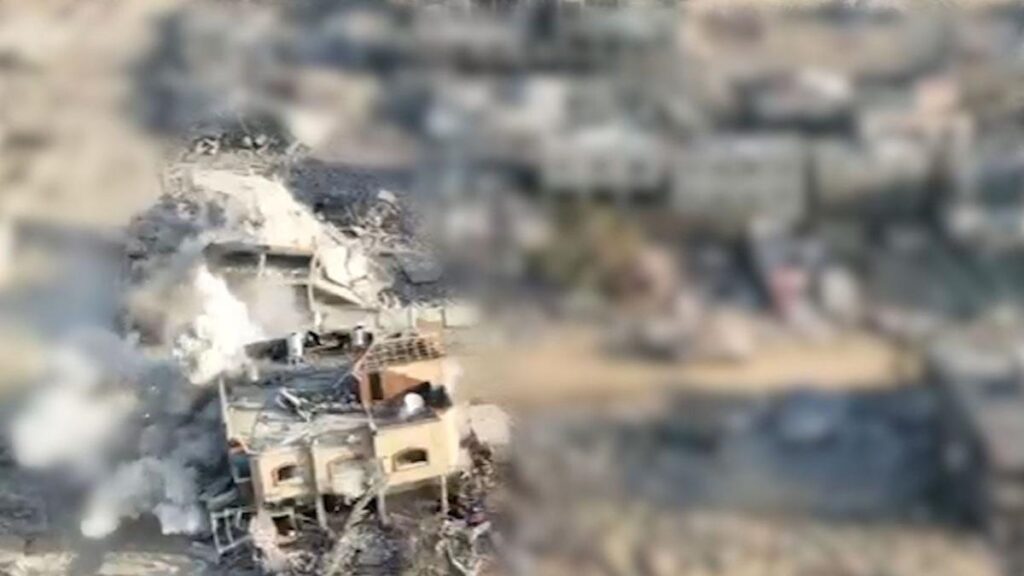On October 7, 2023, a coordinated attack by Hamas, masterminded by its leader Yahya Sinwar, resulted in the deaths of 1,200 individuals and the abduction of several hundred others in Israel. In response to this assault, the Israel Defense Forces (IDF) launched an intense campaign aimed at neutralizing Sinwar and other leaders of Hamas. Recently, video footage was released showing IDF tank fire directed at a building where Sinwar was reportedly barricaded. The operation culminated in his death, marking a significant development in the ongoing conflict.
Yahya Sinwar, known for his brutal tactics and described by Israeli authorities as the “Butcher of Khan Younis,” was a chief architect of the October 7 attacks. The IDF and Israel’s Shin Bet intelligence agency stated that he had been hiding within the Gaza civilian population for about a year, often using Hamas tunnels to evade capture. His operational strategies and violent ideology played a critical role in the planning and execution of the attacks, leading to widespread condemnation and calls for retribution from the Israeli government.
Israeli Prime Minister Benjamin Netanyahu addressed the nation following the confirmation of Sinwar’s death, declaring it a significant blow to Hamas. However, he emphasized that the military operations in Gaza would continue as part of a broader strategy to dismantle Hamas’s governance and military capabilities. Netanyahu asserted that the residents of Gaza have an opportunity to liberate themselves from the tyranny of Hamas, suggesting a potential shift in power dynamics within the territory.
In addition to Sinwar, Israel has set its sights on eliminating other key figures in Hamas and Hezbollah, two groups it holds responsible for attacks against Israeli civilians. The IDF reported significant losses on the Hezbollah front, claiming that 1,500 operatives from the Iran-backed group had been killed since Israel intensified its operations in southern Lebanon. IDF Chief of Staff Lt. Col. Herzi Halevi acknowledged that the numbers might be conservative, hinting at potentially higher casualties.
The conflict has highlighted the complex nature of warfare in densely populated areas like Gaza, where military operations often lead to civilian casualties and significant humanitarian challenges. The IDF’s strategy of targeting high-profile leaders while attempting to mitigate civilian harm remains a controversial subject. Critics argue that the cycle of violence perpetuated by targeted killings further inflames hostilities and complicates any potential reconciliation between Israelis and Palestinians.
As tensions remain high, the focus will likely shift to how the Israeli administration plans to manage the aftermath of this escalation. The elimination of Sinwar could serve as a catalyst for larger changes in Gaza’s political landscape, though the long-term implications for peace and security in the region remain uncertain. The ongoing conflict and its associated challenges underscore the need for a comprehensive approach that takes into account the aspirations and grievances of all parties involved in the Israeli-Palestinian conflict.

